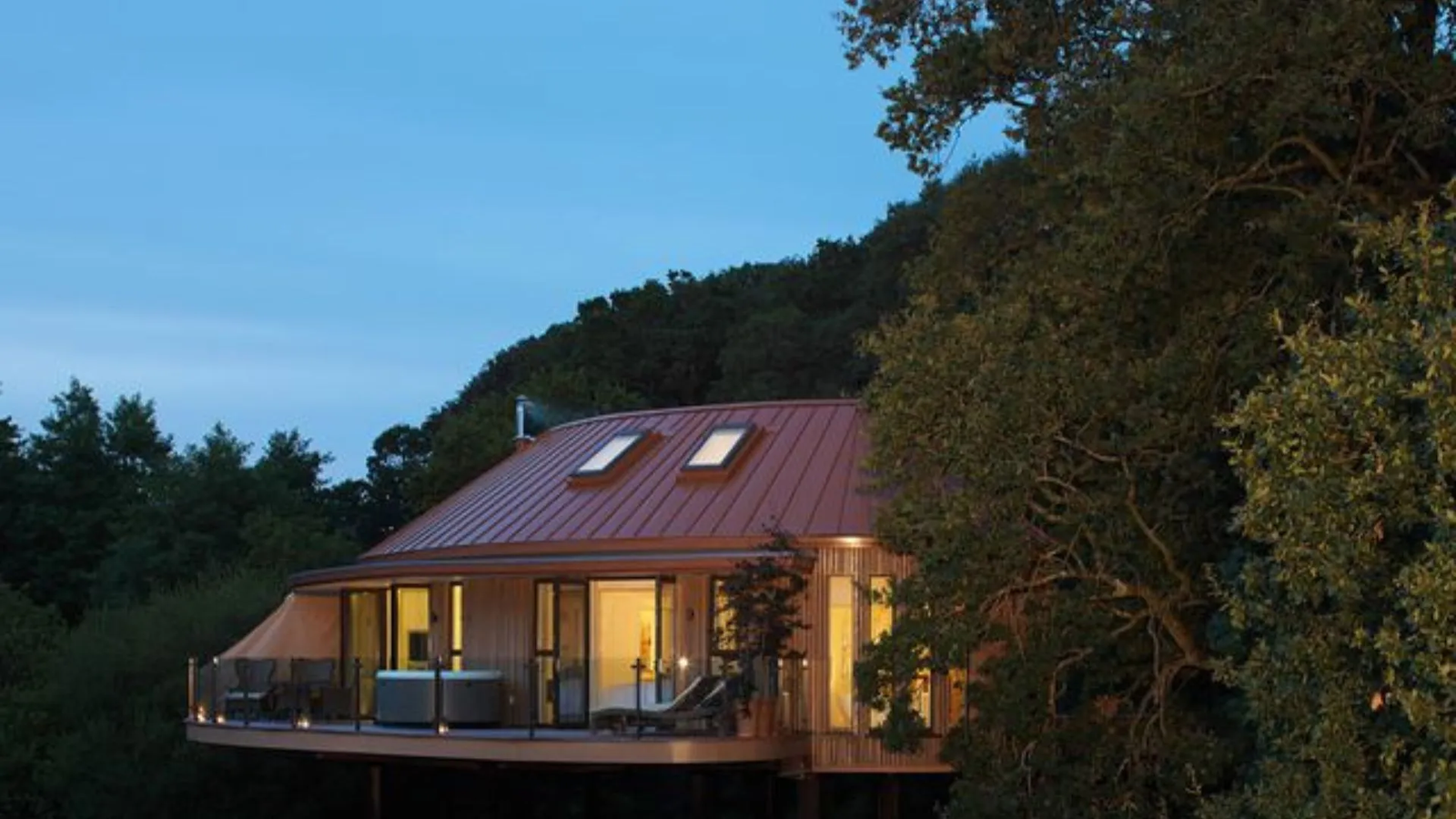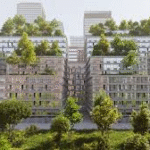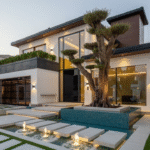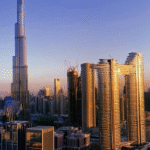Now Reading: How Luxury Homes Are Changing Modern Living in 2025
-
01
How Luxury Homes Are Changing Modern Living in 2025
How Luxury Homes Are Changing Modern Living in 2025

Table of Contents
Luxury homes are no longer just about size or price they represent a lifestyle, a sense of comfort, and a status symbol that goes beyond the bricks and walls. In recent years, India has seen a significant rise in demand for high-end residences that offer not just space, but also smart living, sustainability, privacy, and top-tier design.
This trend is not limited to metros like Mumbai, Delhi, or Bangalore. Cities such as Pune, Hyderabad, Ahmedabad, and even smaller towns are experiencing a boom in luxury home development. But what defines a luxury home in 2025? It’s no longer just about Italian marble or large lawns — it’s about experiences, technology, and personalisation.
What is a Luxury Home Today?
Traditionally, luxury homes were large bungalows or villas located in elite neighbourhoods. While location still matters, the definition has expanded. Today, a luxury home means smart automation, eco-friendly construction, top-of-the-line security, premium fittings, wellness spaces, and a blend of indoor-outdoor living.
Homeowners expect seamless technology – voice-controlled lighting, automatic blinds, app-managed security, and even air-quality monitors. Comfort, health, and convenience are at the centre of design.
Interior design also plays a big role. High ceilings, designer lighting, minimalist architecture, imported furniture, and mood lighting are part of the package. Some homes even include private theatres, gyms, wine cellars, spas, and game lounges.
Smart, Sustainable, and Stylish

One of the biggest shifts in 2025 is the focus on sustainability. Green buildings are not just good for the environment they also attract modern buyers who care about conscious living.
Luxury homes now come equipped with solar panels, rainwater harvesting systems, energy-efficient appliances, and eco-friendly construction materials. In fact, LEED and IGBC certifications (green building standards) are often considered a badge of honour in the luxury real estate sector.
Another rising trend is biophilic design — a concept that brings nature indoors. From green walls and indoor gardens to natural light planning and open-air courtyards, the goal is to make residents feel closer to nature, even inside a luxury apartment.
Technology: The Heart of Modern Luxury Homes
Home automation is now a must-have in the luxury segment. From controlling temperature and lights through mobile apps to AI-driven appliances and voice assistants like Alexa and Google Home — technology has made life simpler and smarter.
Security systems have also evolved. CCTV cameras, motion sensors, fingerprint access, facial recognition entry, and 24×7 remote monitoring are now common features. Some homes even include panic rooms or bullet-proof installations for VIP clients.
Another new addition is the integration of health-based technology. Air purification systems, water filtration, circadian lighting systems (that align with natural sleep cycles), and wellness pods have found a place in many luxury homes.
Who is Buying These Homes?
Luxury homebuyers have also changed. While traditionally these homes were bought by business tycoons, Bollywood stars, and NRIs, today’s market includes startup founders, corporate professionals, global investors, and even dual-income young couples.
Post-pandemic, people value their homes more than ever before. With hybrid work models, people spend more time at home so they want comfort, beauty, and privacy. This shift has led to growing investments in larger, well-designed spaces.
In addition, many high-net-worth individuals (HNIs) see luxury real estate as a solid investment. Properties in premium localities tend to hold or increase their value, especially when paired with exclusive amenities and prime infrastructure.
Popular Features in Indian Luxury Homes
- Infinity pools and private terraces
- Walk-in wardrobes and custom dressing rooms
- In-house wellness centers and massage rooms
- Smart kitchens with AI-integrated appliances
- Landscaped gardens with meditation spaces
- Concierge services, valet parking, and club access
- Art galleries and home libraries
These features are no longer rare they are fast becoming expected.
The Role of Developers
Leading real estate developers have taken note of the evolving tastes and are now offering carefully curated living spaces. Brands like Lodha, DLF, Godrej Properties, Prestige Group, Tata Housing, and Sobha Limited are setting new benchmarks in luxury living.
Many of these companies are also tying up with global architects and interior design firms to add an international feel. Some projects offer theme-based homes inspired by European, Japanese, or contemporary American styles.
Developers are now also offering lifestyle services such as housekeeping, chefs on call, luxury concierge, event planning, and even pet care.
What’s Next for Luxury Real Estate?
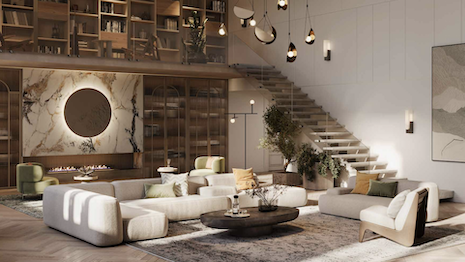
The future of luxury homes in India is bright. With rising incomes, global exposure, and a desire for elevated living, demand is only set to grow. Upcoming projects are expected to focus more on personalisation, where homeowners can choose layouts, interiors, and features based on their preferences.
Virtual tours, AR-based design customisation, and online bookings are making the buying process easier than ever before.
While prices of luxury homes can range anywhere from ₹5 crore to ₹100 crore depending on the city and specifications, the focus is shifting from price to value. A luxury home is no longer just an asset — it’s a statement.
Conclusion
Luxury homes in India have evolved from simple mansions to intelligent, sustainable, and experience-driven spaces. As technology, lifestyle needs, and environmental awareness continue to reshape consumer preferences, the luxury real estate sector is ready for its next big leap.
Whether you are a potential buyer, an investor, or simply a dreamer stepping into a modern luxury home today feels like entering a new world, where every corner is built to inspire, relax, and impress.
Read More:- Shobha Realty Launches Its Most Luxurious Project Yet—Full Details Inside 2025




